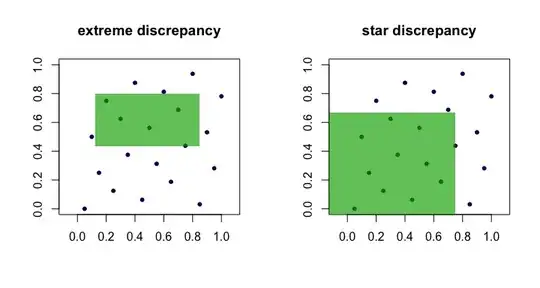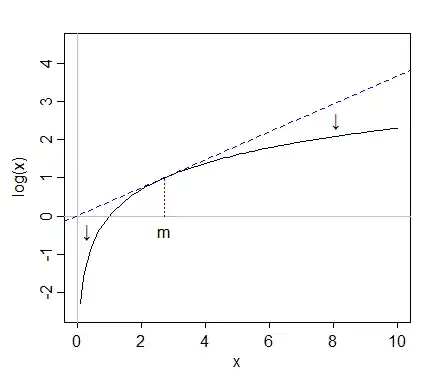In non technical terms, a manifold is a continuous geometrical structure having finite dimension : a line, a curve, a plane, a surface, a sphere, a ball, a cylinder, a torus, a "blob"... something like this :

It is a generic term used by mathematicians to say "a curve" (dimension 1) or "surface" (dimension 2), or a 3D object (dimension 3)... for any possible finite dimension $n$. A one dimensional manifold is simply a curve (line, circle...). A two dimensional manifold is simply a surface (plane, sphere, torus, cylinder...). A three dimensional manifold is a "full object" (ball, full cube, the 3D space around us...).
A manifold is often described by an equation : the set of points $(x,y)$ such as $x^2+y^2=1$ is a one dimensional manifold (a circle).
A manifold has the same dimension everywhere. For example, if you append a line (dimension 1) to a sphere (dimension 2) then the resulting geometrical structure is not a manifold.
Unlike the more general notions of metric space or topological space also intended to describe our natural intuition of a continuous set of points, a manifold is intended to be something locally simple: like a finite dimension vector space : $\mathbb{R}^n$. This rules out abstract spaces (like infinite dimension spaces) that often fail to have a geometric concrete meaning.
Unlike a vector space, manifolds can have various shapes. Some manifolds can be easily visualized (sphere ,ball...), some are difficult to visualize, like the Klein bottle or the real projective plane.
In statistics, machine learning, or applied maths generally, the word "manifold" is often used to say "like a linear subspace" but possibly curved. Anytime you write a linear equation like : $3x+2y-4z=1$ you get a linear (affine) subspace (here a plane). Usually, when the equation is non linear like $x^2+2y^2+3z^2=7$, this is a manifold (here a stretched sphere).
For example the "manifold hypothesis" of ML says "high dimensional data are points in a low dimensional manifold with high dimensional noise added". You can imagine points of a 1D circle with some 2D noise added. While the points are not exactly on the circle, they satisfy statistically the equation $x^2+y^2=1$. The circle is the underlying manifold:


